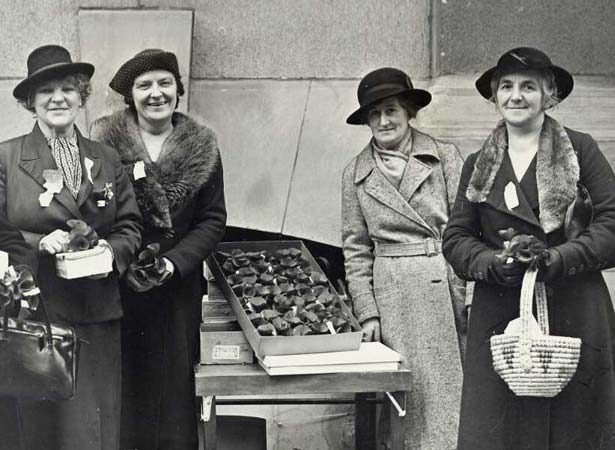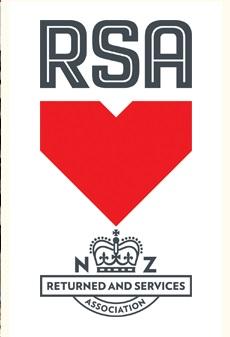

Our RSA Facilities
- Trenches Restaurant / Cafe
- Trenches Bar
- Poppy Club Bar
- Museum
- Function Centre
- Conference / Meeting Facilities
- Welfare and Support
- Poppy Department
- Club Sections
A total of 245,059 small poppies and 15,157 larger versions were sold, earning £13,166 (equivalent to nearly $1.25 million today). Of that amount, £3695 ($350,000) was sent to help war-ravaged areas of northern France; the remainder went to unemployed returned soldiers and their families.
The idea of selling artificial poppies to raise funds for veterans’ organisations was conceived by a French woman, Madame E. Guerin. Her plan was to have widows and orphans in northern France manufacture artificial poppies that could be sold to benefit veterans and destitute children.
After Colonel Alfred S. Moffatt took the idea to the New Zealand Returned Soldiers’ Association in September 1921, an order for 350,000 small and 16,000 large silk poppies was placed with Madame Guerin’s French Children’s League.
Unlike the practice in other countries, the NZRSA did not hold its inaugural Poppy Appeal in association with Armistice Day (11 November). As the shipment arrived too late for Poppy Day to be properly promoted prior to Armistice Day, the NZRSA decided to postpone it until the day before Anzac Day 1922.
The first Poppy Day was a ‘brilliant success’. The annual Poppy Day Appeal – now generally held on the Friday before Anzac Day – has become the NZRSA’s primary means of raising funds for the welfare of returned service personnel and their dependants.
nzhistory.govt.nz





